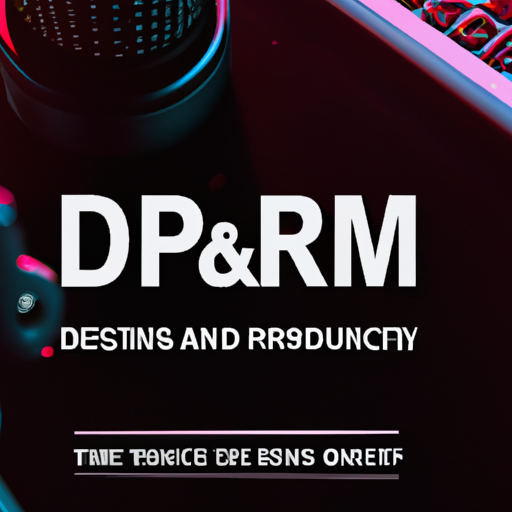IPTV and Digital Rights Management (DRM): A Comprehensive Guide
IPTV and Digital Rights Management (DRM): A Comprehensive Guide

Introduction
IPTV (Internet Protocol Television) is a popular way of delivering television content over the internet. It has become increasingly popular in recent years due to its convenience and cost-effectiveness. However, with the rise of IPTV, there has also been an increase in concerns over digital rights management (DRM). In this article, we will explore what IPTV is, how it works, and the role of DRM in protecting digital content.
What is IPTV?
IPTV is a method of delivering television content over the internet. It allows users to access live TV channels, on-demand content, and other multimedia content through an internet connection. IPTV works by using a set-top box or a smart TV to connect to an IPTV service provider. The service provider then streams the content to the user’s device over the internet.
How does IPTV work?
IPTV works by using a protocol called Internet Protocol (IP) to deliver television content over the internet. The content is delivered in the form of packets, which are then reassembled by the user’s device. IPTV services use a variety of different protocols, including HTTP, RTSP, and RTP, to deliver content to users.
What is Digital Rights Management (DRM)?
Digital Rights Management (DRM) is a set of technologies and techniques used to protect digital content from unauthorized access, copying, and distribution. DRM is used to protect a wide range of digital content, including music, movies, and television shows. DRM works by encrypting the content and controlling access to it through a set of rules and permissions.
The Role of DRM in IPTV
DRM plays a critical role in protecting digital content in IPTV. Without DRM, it would be easy for users to copy and distribute copyrighted content illegally. IPTV service providers use DRM to protect their content from unauthorized access and distribution. DRM also allows service providers to control access to their content and enforce licensing agreements.
Types of DRM used in IPTV
There are several types of DRM used in IPTV, including:
- Microsoft PlayReady
- Google Widevine
- Apple FairPlay
- Verimatrix ViewRight
Each of these DRM technologies has its own set of features and capabilities. Service providers choose the DRM technology that best fits their needs and the needs of their customers.
Challenges of DRM in IPTV
DRM in IPTV is not without its challenges. One of the biggest challenges is ensuring that the DRM technology used is compatible with all devices and platforms. This can be difficult, as there are many different devices and platforms that IPTV services must support. Another challenge is ensuring that the DRM technology used is secure and cannot be easily bypassed by hackers.
Conclusion
In conclusion, IPTV is a popular way of delivering television content over the internet. However, with the rise of IPTV, there has also been an increase in concerns over digital rights management (DRM). DRM plays a critical role in protecting digital content in IPTV. It allows service providers to control access to their content and enforce licensing agreements. There are several types of DRM used in IPTV, each with its own set of features and capabilities. However, DRM in IPTV is not without its challenges, including ensuring compatibility with all devices and platforms and ensuring that the DRM technology used is secure. Overall, DRM is an essential component of IPTV and is critical to protecting digital content from unauthorized access and distribution.
If you are interested in IPTV services that prioritize digital rights management, check out https://stream.iptv.legal.










Comments